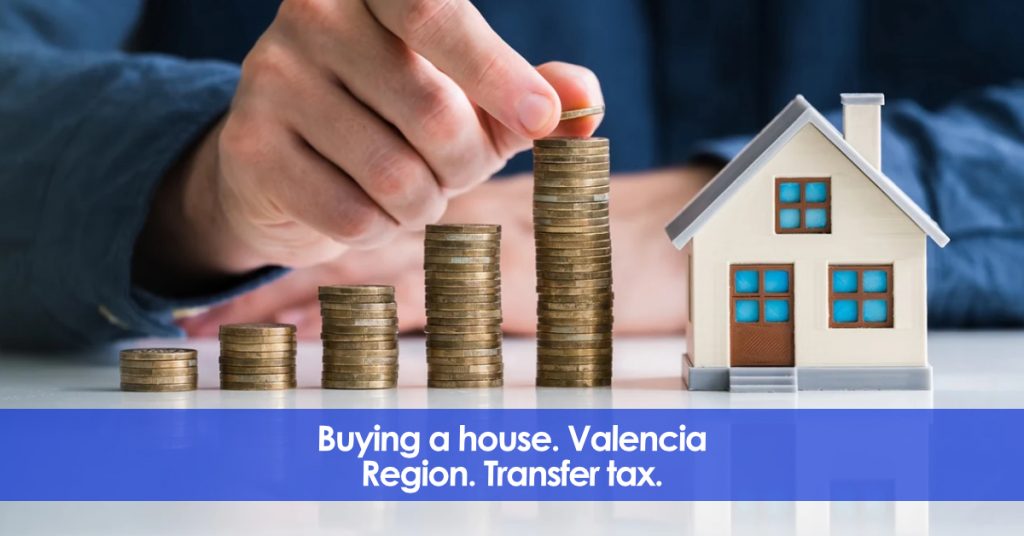Laws are constantly changing. Keeping up to date with the latest legislative developments is essential. This week, we focus on the main tax you will pay when you buy a second-hand house. The Transfer Tax. We analyse what it consists of. The general rate. The existing reduced rates that, depending on the case, could be applicable to you and save you a significant amount of money.
Property Transfer Tax in Spain.
The Transfer Tax (Impuesto de Transmisiones Patrimoniales) is imposed when buying a second-hand property. In other words, it applies to homes, storage rooms, garages, etc. that are not newly built. It is a state tax, although it is currently transferred to the different autonomous regions in Spain. Therefore, its management, inspection and collection correspond to the different regional authorities in Spain.
Transfer Tax in the Valencian region. Where, when and how much is paid?
As explained, when buying a house (second-hand house) you must pay this tax. It is calculated on the transfer value declared in the title deeds, with one exception. The “Reference Value” set by the General Directorate of Cadastre being higher that the value agreed by the parties. In other words, the tax must be paid on the higher of the two values (agreed price or reference value).
The deadline for paying this tax, in the Valencian Community, is 30 days from the signing of the public deed of sale. Standard form 600 must be submitted to the Valencia Tax Agency.
General rate applicable to the tax.
As indicated, the faculty to set the applicable rate falls in the hands of the different regions in Spain. In the Community of Valencia, the general rate applicable is set at 10%. However, as we will see below, there are a series of exceptions that are worth knowing. Since they could lead to a significant saving for your pocket, depending on your circumstances.
Reduced rates when buying a house in the Valencia region.
In the Valencian Community, transfer tax is regulated in Law 13/1997, which provides for a reduced rate, for the following cases.
Reduced rate of 8%.
Homes costing more than 180.000€ when they are public protection of general regime, or the buyer is less than 35 years old. And in both cases, they are going to become the first habitual residence of the buyer.
Reduced rate of 6%.
Dwellings of less than 180.000€ when they are public protection, or the buyer is less than 35 years old. And, as the previous example, they are going to become the buyer’s main residence.
Reduced rate of 4%.
Dwellings of more than 180.000€ when they are going to constitute the habitual domicile and they fall under the special regime social housing; or when the buyer has a disability of more than 65% (physical or sensory) or 33% (mental). This rate also applies to woman victims of gender violence, large families, etc.
Reduced rate of 3%.
Special regime subsidised housing under 180,000€, or homes in which the buyer has the disabilities indicated above, and which are to be their habitual residence.
Conclusion.
At White-Baos Lawyers we are experts in Real Estate Law and Tax Law. If you are thinking of buying a house, do not hesitate to contact us. We will study your case and offer you expert legal advice.
The information provided in this article is not intended as legal advice, but merely conveys information related to legal issues.
Carlos Baos (Lawyer)
White & Baos.
Tel: +34 966 426 185
E-mail: info@white-baos.com
White & Baos 2024 – All Rights Reserved.
